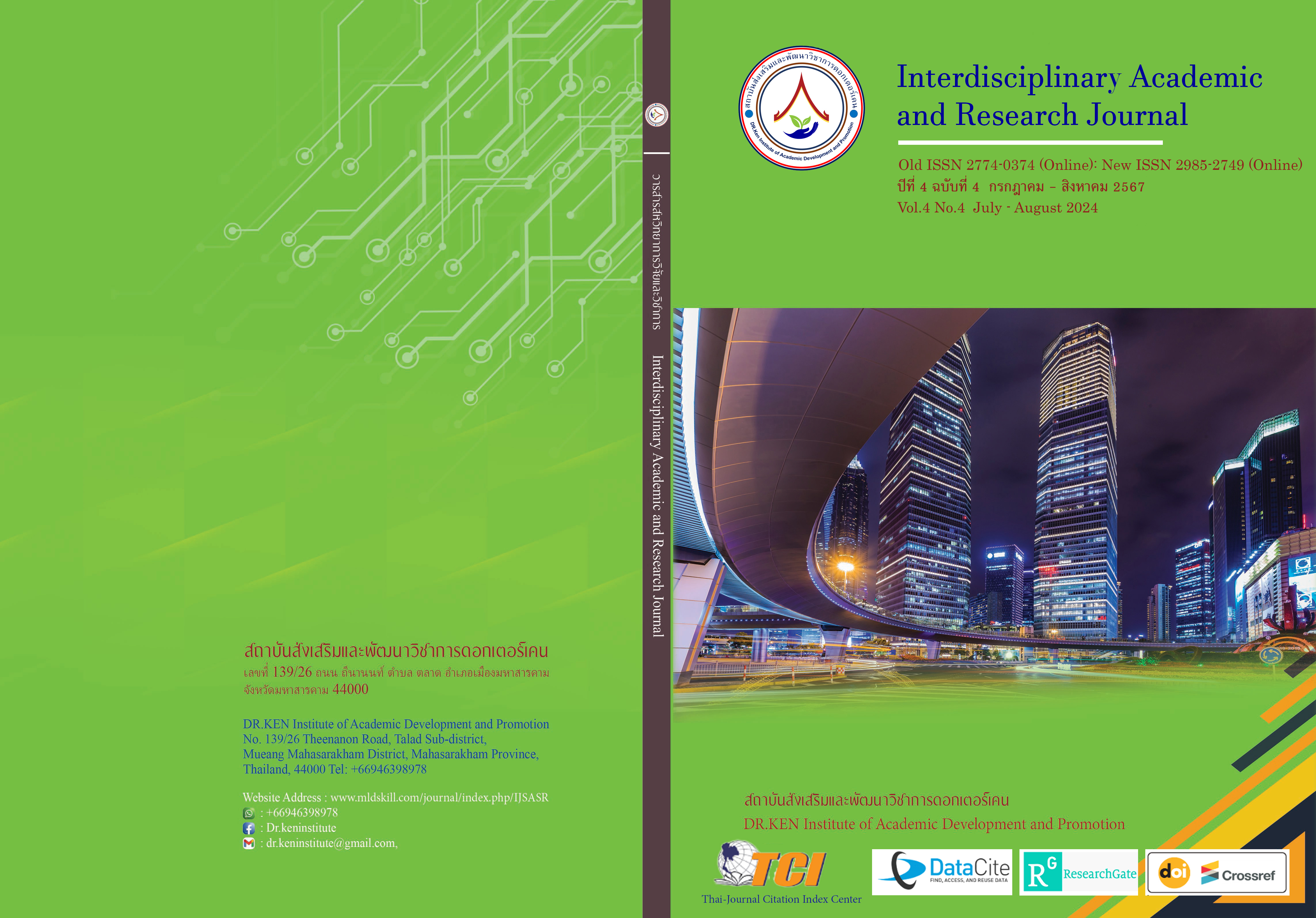Storytelling in the Digital Age: How It Came to be and what should or Should Not Be Done
DOI:
https://doi.org/10.60027/iarj.2024.276875Keywords:
Digital Storytelling; , Narrative Impact; , Narrative Communication; , StorytellingAbstract
Background and Aims: This research focuses on the importance of storytelling in a digital world where telling stories has become paramount to engaging an audience. Whether the aim is to get the listener or reader to adhere to an ecological or scientific cause, or to prompt a purchase for marketing purposes. This paper highlights the evolution of storytelling, from its theorization in the 90s to the present day. How, through storytelling, one can influence audience engagement and win their support. It will also bring to light how digital storytelling can be misleading through trailers, ads, or stories. It's important to remember that it's a means of communication. We need to emphasize the importance of theory in correlating the impact of the use and application of storytelling in many areas of our daily lives, including entertainment but also in a professional environment.
Methodology: We conducted a systematic review of scholarly articles, books, and firsthand accounts published since the 1990s, focusing on the evolution and impact of storytelling. We focused on experts in their fields, favoring a qualitative rather than quantitative approach. We've selected authors such as Carmine Gallo, keynote speaker and bestselling author of Talk like TED, or Annette Simmons, author of several books on storytelling.
Results: Our analysis revealed a variety of storytelling methods across platforms, each effective in its context based on audience engagement and narrative authenticity. The takeaway is that the only variable determining successful storytelling is the accuracy of the story being told.
Conclusion: The research highlights that storytelling is broadly used nowadays, in a lot of different ways. The research suggests that successful storytelling hinges on a genuine narrative and audience relevance. This underscores the importance of strategically aligning narratives with communication goals.
References
Abidin, C. (2021). Mapping Internet Celebrity on TikTok: Exploring Attention Economies and Visibility Labours. Cultural Science Journal, 12(1), 77-103. DOI:10.5334/csci.140
Bordeau J. (2008). The True History of Storytelling (La véritable histoire du storytelling). Expansion Management Review, 129, 93-99. DOI: https://www.cairn.info/revue-l-expansion-management-review-2008-2-page-93.htm
Brockington, G., Gomes Moreira, A. P., Buso, M. S., Gomes da Silva, S., Altszyler, E., Fischer, R., & Moll, J. (2021). Storytelling increases oxytocin and positive emotions and decreases cortisol and pain in hospitalized children. Proceedings of the National Academy of Sciences, 118(22), DOI: https://doi.org/10.1073/pnas.2018409118
Chang, C.H.C., Nastase, S.A., & Hasson, U. (2024). How a speaker herds the audience: Multi-brain neural convergence over time during naturalistic storytelling. bioRxiv [Preprint]. doi: 10.1101/2023.10.10.561803.
Donovan, M. (2018). The art of storytelling: researchers explore why we relate to characters. Retrieved from: https://brighterworld.mcmaster.ca/articles/the-art-of-storytelling-researchers-explore-why-we-relate-to-characters/.
Georget, P. (2004). Effets des stratégies publicitaires; Personnalité, contexte et attentes contractuelles Effects of advertising Strategies. Personality, Context, and Contract. Retrieved from: https://doi.org/10.4000/questionsdecommunication.7097
Hudders, L., De Jans, S., & De Veirman, M. (2021). The commercialization of social media stars: a literature review and conceptual framework on the strategic use of social media influencers. International Journal of Advertising, 40(3), 327–375. https://doi.org/10.1080/02650487.2020.1836925
McMaster University (2018) The art of storytelling: Researchers explore why we relate to characters Science Daily. Retrieved from: https://www.sciencedaily.com/releases/2018/09/180913113822.htm?trk=article-ssr-frontend-pulse_little-text-block
Paul, A. M. (2012, March 17). Your brain is on fiction. The New York Times. DOI: https://www.nytimes.com/2012/03/18/opinion/sunday/the-neuroscience-of-your-brain-on-fiction.html?pagewanted=all
Paul, A.M. (2012). OPINION Your Brain on Fiction. Retrieved from: https://www.thc.texas.gov/public/upload/publications/The%20Neuroscience%20of%20Your%20Brain%20on%20Fiction.pdf
Quesenberry, K.A., & Coolsen, M.K. (2014). What Makes a Super Bowl Ad Super? Five-Act Dramatic Form Affects Consumer Super Bowl Advertising Ratings. Journal of Marketing Theory and Practice, 22(4), 437–454. https://doi.org/10.2753/MTP1069-6679220406
Ronteau, S., Muzellec, L., Saxena, D., & Trabucchi, D. (2022). Digital Business Models: The New Value Creation and Capture Mechanisms of the 21st Century. De Gruyter. doi: https://doi.org/10.1515/9783110762556
Rutledge, P. (2023). The Perils of Digital Deception and Tips for Staying Safe. Retrieved from: https://pamelarutledge.medium.com/the-perils-of-digital-deception-and-tips-for-staying-safe-a28f52a61fab
Salmon, C. (2023). Storytelling at the heart of management, history of a managerial drift (Le storytelling au cœur du management, histoire d'une dérive managériale), Slate. Retrieved from: https://www.slate.fr/societe/backstage/jour-tolstoi-devenu-manager-management-storytelling-entreprises-travail-histoires-recits
Simmons, A. (2006). The Story Factor, Secrets of influence from the art of storytelling. New York: Basic Books.
Smeda, N., Dakich, E., & Sharda, N. (2014). The effectiveness of digital storytelling in the classrooms: a comprehensive study. Smart Learn. Environ. 1, 6. DOI: https://doi.org/10.1186/s40561-014-0006-3
Suzuki, W.A.., Feliù-Mojer, M., Hasson, U., Yehuda, R., & Zarate, J.M. (2018). Dialogues: The Science and Power of Storytelling. Journal of Neuroscience, 38 (44), 9468-9470. DOI: https://doi.org/10.1523/JNEUROSCI.1942-18.2018
Yelkur, R., Tomkovick, C., & Traczyk, P. (2004). Super Bowl Advertising Effectiveness: Hollywood Finds the Games Golden. Journal of Advertising Research, 44 (1), 143–59. DOI: 10.1017/S0021849904040085
Yuan Y., Major-Girardin, J., & Brown, S. (2018). Storytelling Is Intrinsically Mentalistic: A Functional Magnetic Resonance Imaging Study of Narrative Production across Modalities. Journal of Neuroscience, 30 (9), 1298–1314). DOI: https://doi.org/10.1162/jocn_a_01294
Zack, P.J. (2014), Why Your Brain Loves Good Storytelling. Retrieved from: https://hbr.org/2014/10/why-your-brain-loves-good-storytelling
Downloads
Published
How to Cite
Issue
Section
License
Copyright (c) 2024 Interdisciplinary Academic and Research Journal

This work is licensed under a Creative Commons Attribution-NonCommercial-NoDerivatives 4.0 International License.
Copyright on any article in the Interdisciplinary Academic and Research Journal is retained by the author(s) under the under the Creative Commons Attribution-NonCommercial-NoDerivatives 4.0 International License. Permission to use text, content, images, etc. of publication. Any user to read, download, copy, distribute, print, search, or link to the full texts of articles, crawl them for indexing, pass them as data to software, or use them for any other lawful purpose. But do not use it for commercial use or with the intent to benefit any business.
















.png)


